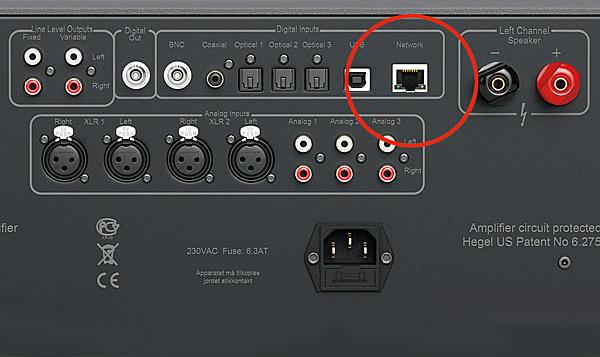LATEST ADDITIONS
|
Dec 01, 2018 |
First Published: Aug 01, 1985
|
Dec 01, 2018 |
First Published: Feb 12, 2019
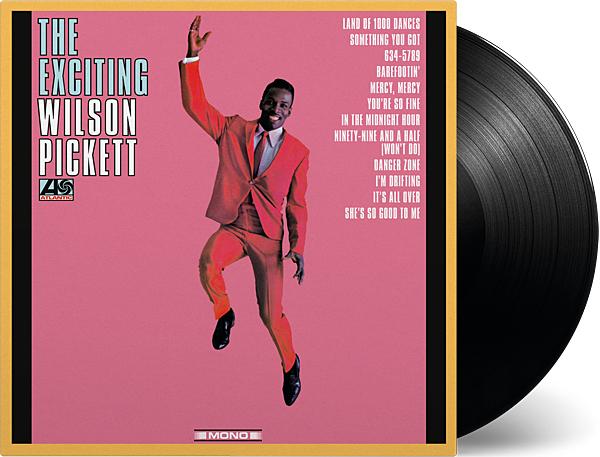
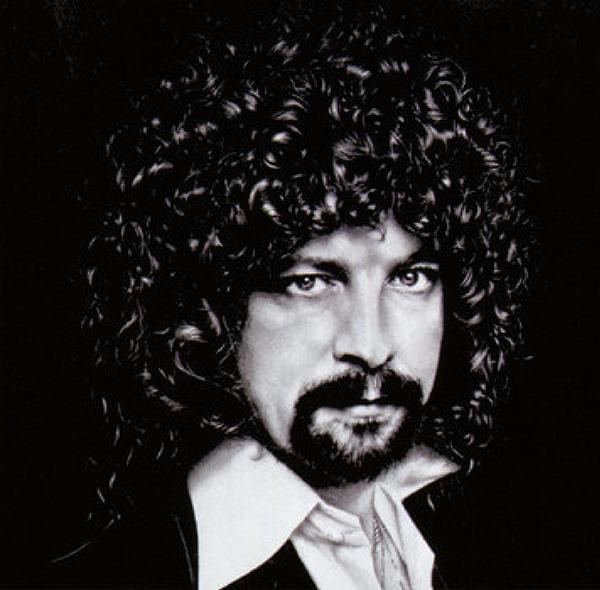

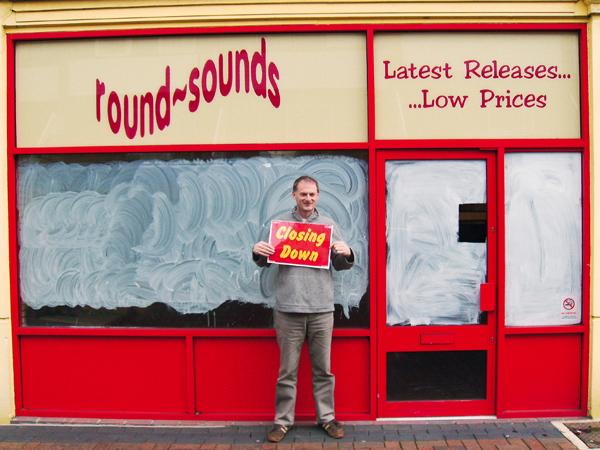
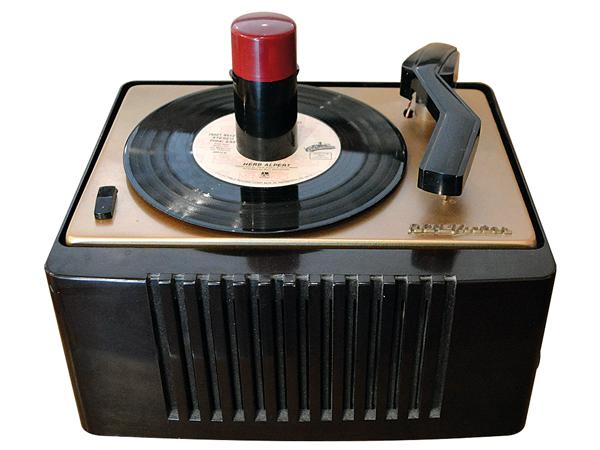


 Back in the '80s, several British 'cottage industry' companies made integrated amps for purist customers, but this is surely the most 'mysterious'. How will it sound today?
Back in the '80s, several British 'cottage industry' companies made integrated amps for purist customers, but this is surely the most 'mysterious'. How will it sound today?
